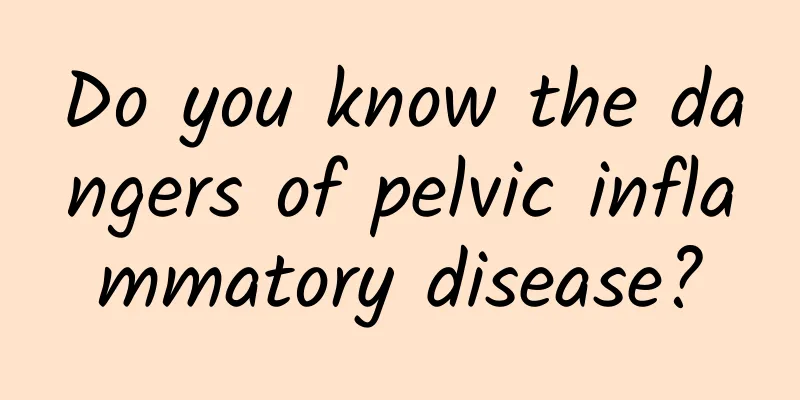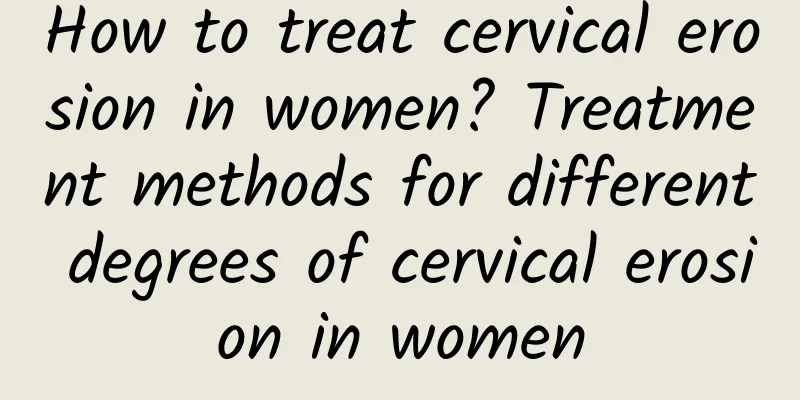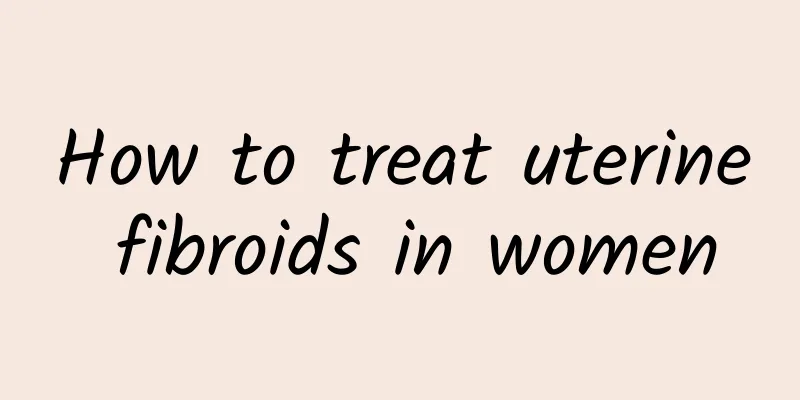Pathogenesis of Candida albicans vaginitis

|
The pathogenesis of Candida albicans vaginitis includes: attachment, germination, protease, and colony conversion. The specific process is as follows: Attachment Candida albicans first attaches to vaginal epithelial cells. Since the glycoprotein on the surface of Candida albicans binds to the receptors of the glycoproteins of the host cells, it has adhesion. In addition, hydrophobic force and electrostatic attraction also promote the attachment of Candida albicans. Adhesion is an important link in the mucosal colonization and invasion of Candida albicans. Candida albicans without adhesion ability is not pathogenic. Germ tube and hyphae formation After Candida albicans attaches to the epithelial cells of the vaginal mucosa, the fungus buds or forms pseudohyphae. The formation of hyphae is an effective way for Candida albicans to obtain nutrients. The formation of germ tubes increases the ability of Candida albicans to attach to the exfoliated cells of the vaginal or oral epithelium. The formation of germ tubes and mycelium promotes the invasion of the vaginal mucosal epithelium. Secreted proteases Candida albicans can secrete a variety of proteolytic enzymes, such as alkaline phosphatase, phospholipase and secretory asparagine, which help the germ tubes penetrate into intact mucosal epithelial cells. Patients with acute Candida albicans vaginitis have stronger protein lysis than asymptomatic carriers. Transformation of colonies The same strain of Candida albicans can present several colony morphologies under certain conditions, which is a high-frequency heritable phenotypic variation. White colonies are converted into opaque colonies, and their resistance to fungal drugs increases, with new virulence, including increased ability to attach, germinate, produce proteases, and form mycelium. |
<<: Ectopic pregnancy occurs in the fallopian tube and can be treated with interventional therapy
>>: What should you pay attention to after negative pressure aspiration?
Recommend
How to treat pelvic effusion
Pelvic effusion does not necessarily require surg...
Cleanse the intestines and detoxify! 11 must-drink slimming teas
For many busy office workers, they rely on eating...
What are the precautions after abortion? Pay attention to these 4 points
If you are not careful during pregnancy or do not...
The most common harm of abortion to women
Many women have unexpected pregnancies, so they c...
Eating rice dumplings can cause heartburn and gastroesophageal reflux! Doctor: Don’t eat zongzi 2 hours before going to bed
Eat zongzi in a healthy way without overindulgenc...
13 weight loss tips to keep you from gaining weight in autumn and winter
1. A glass of water in the morning When you wake ...
What are the causes of vulvar itching?
Vulvar itching is actually caused by many disease...
How to relieve dysmenorrhea in girls
Common ways to relieve dysmenorrhea include adjus...
What are the main symptoms that cause dysmenorrhea?
Among gynecological diseases, dysmenorrhea is the...
What medicines can cure cervical erosion? These medicines are effective in treating cervical erosion
Many women will have gynecological inflammation f...
How do we identify endometrial tuberculosis?
Many people in life will suffer from endometrial ...
Is diabetopathy related to diabetes? Nutritionist Jian Yuhua reveals: 5 tips to stay away from diabetes and obesity
Everyone knows about diabetes and the negative ef...
Get rid of obesity during menopause ~ 2 powerful tools: strength training and aerobic exercise
Everyone ages, and once they enter menopause, mos...
South Korean oysters found to contain toxic bacteria, health agency to destroy all
In early June, it was reported that people in the...
What are the causes of infertility caused by chronic pelvic inflammatory disease?
Chronic pelvic inflammatory disease is a very com...









